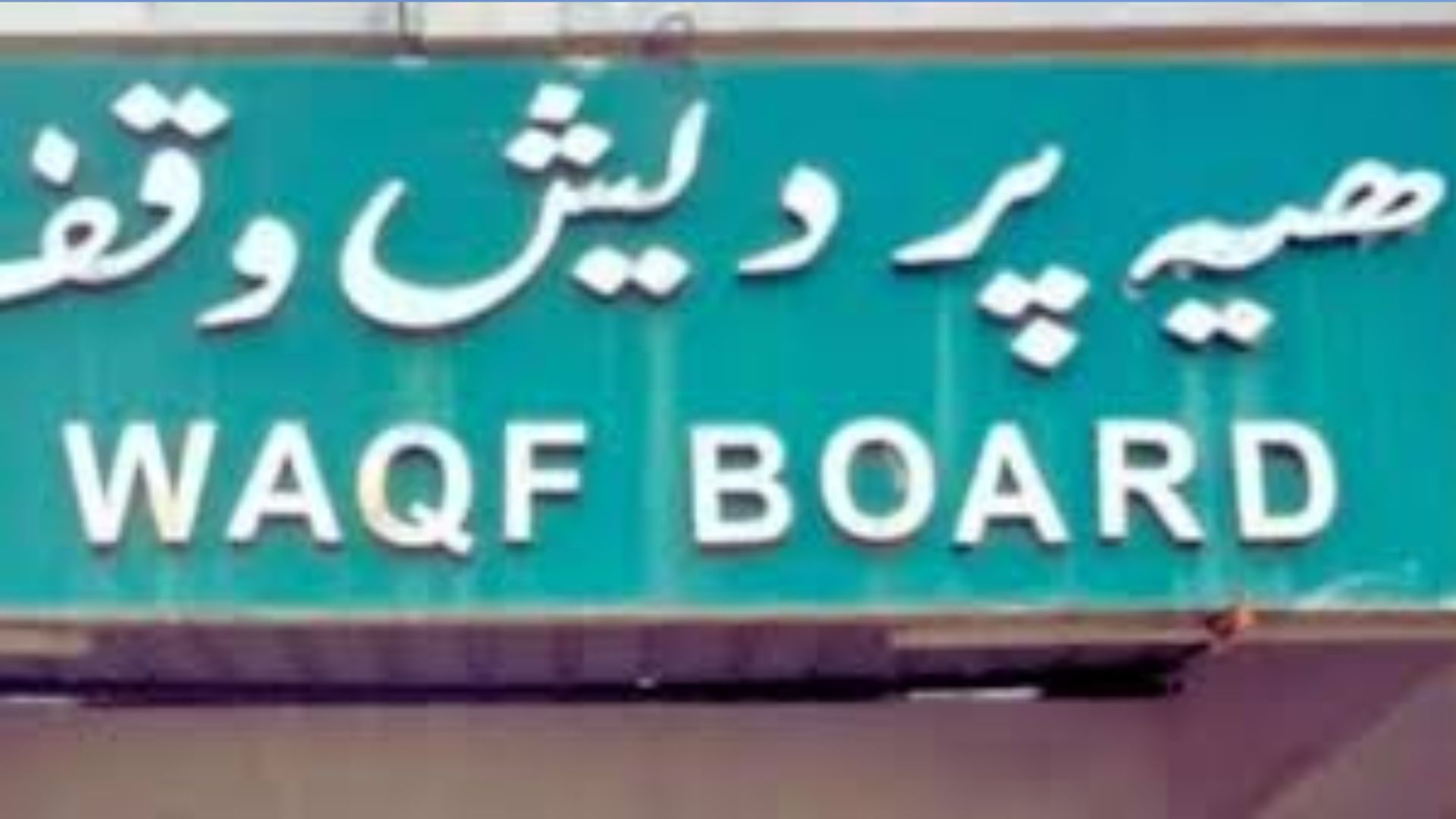The Waqf Board is the third-largest landowner in India. As of December 2022, it managed around 872,000 registered properties. However, various reports suggest that its total landholdings go beyond 940,000 acres. These properties are mainly used for religious and social welfare purposes, including mosques, madrasas (Islamic schools), graveyards, dargahs (shrines), and community centers.
What Is a Waqf Property and How It Works
Waqf properties are lands or buildings that are donated for the welfare of the community in accordance with Islamic principles. Once a property is registered as Waqf, it is considered a permanent donation to Allah. That means the ownership cannot be reversed or changed. The word ‘Wakf’ comes from the Arabic term ‘wakufa,’ which means to dedicate something in the name of God or for public benefit. In India, the Waqf system is governed by the Waqf Act and treated as a minority rights issue. It operates with a level of independence. In contrast, in countries like Pakistan and Bangladesh, Waqf matters fall under Islamic law and are directly regulated by the government.
Post-Independence Growth of Waqf in India
After India’s independence, the Waqf system expanded significantly as more individuals donated land for religious and charitable causes. The government established the Central Waqf Council in 1964 to guide and monitor state Waqf Boards. Over time, the number of registered Waqf properties grew rapidly—from around 490,000 in 2006 to over 872,000 by December 2022, covering nearly 940,000 acres. Waqf lands began supporting not only mosques and dargahs but also schools, hospitals, and welfare programs. Despite reforms like the Waqf Act of 1995 and digitization efforts through the WAMSI project, the system still faces issues such as land encroachments, legal disputes, and poor management.
Historic Contributions by the Nizams of Hyderabad
One of the biggest contributors to Waqf land in India were the Nizams of Hyderabad. The title ‘Nizam’ comes from ‘Nizam-ul-Mulk,’ which means ruler of the state. Hyderabad had ten Nizams between the 18th and 20th centuries. The last ruler, Mir Osman Ali Khan, also known as Asaf Jah VII, was especially generous. He donated thousands of acres of land for Waqf purposes, especially in the Deccan region, to support religious and social institutions.
Waqf Land from Mughal Rulers
Several Mughal emperors also played a key role in expanding the Waqf system in India. Rulers like Akbar, Shah Jahan, and Aurangzeb donated large areas of land to support religious institutions in cities like Delhi, Agra, and Hyderabad. Royal women such as Jahanara Begum, daughter of Shah Jahan, were also known for donating valuable properties to Waqf for religious and public use.
Donations from Followers of Sufi Saints
The spread of Sufism in India led to large contributions to Waqf by the followers of famous saints. Devotees of Hazrat Nizamuddin Auliya in Delhi and Khwaja Moinuddin Chishti in Ajmer offered land for the maintenance and growth of their shrines. Other well-known dargahs, like those of Salar Masood Ghazi in Bahraich and Baba Farid in Punjab, also benefited from such contributions.
Support from Businessmen and Prominent Personalities
Wealthy Muslim merchants and landowners have also supported Waqf through donations. Industrialists like Sir Syed Muhammad and the Vakeel family of Ahmedabad donated land to educational and religious causes. In more recent times, well-known figures such as Wipro founder Azim Premji and former Vice President of India, Hamid Ansari, have supported Waqf institutions, particularly for the development of education and healthcare. Institutions like Darul Uloom Deoband and Nadwatul Ulama have received considerable support in this way.
Where Are Most Waqf Properties Located
While Waqf land is spread throughout the country, some cities have a particularly high concentration of properties. These include Delhi, Hyderabad, Lucknow, and Ajmer. The income generated from these lands is used for religious purposes, educational services, healthcare programs, and helping the underprivileged.
Ongoing Problems and Legal Disputes
Despite the vast number of properties under its control, the Waqf Board faces several challenges. Legal disputes over land ownership and encroachments are common. Some properties are poorly managed, leading to misuse or loss of valuable assets. In many cases, lack of proper records and monitoring makes it difficult to resolve conflicts or ensure transparency.
Over centuries, kings, nobles, saints, businessmen, and ordinary people have helped build India’s Waqf system through generous donations. These properties continue to serve religious and social purposes even today. While the system has deep historical roots and great potential, it also faces modern challenges that require careful management and legal clarity. The story of Waqf in India reflects both a rich tradition of charity and the ongoing need for reform and accountability.









